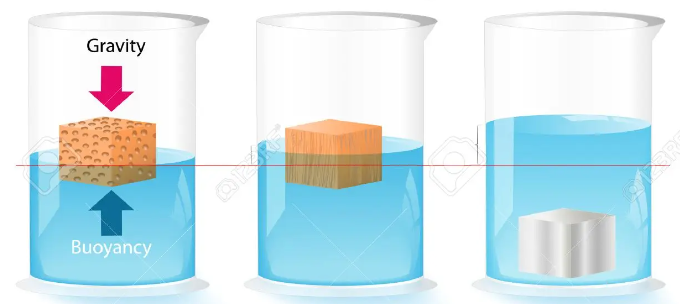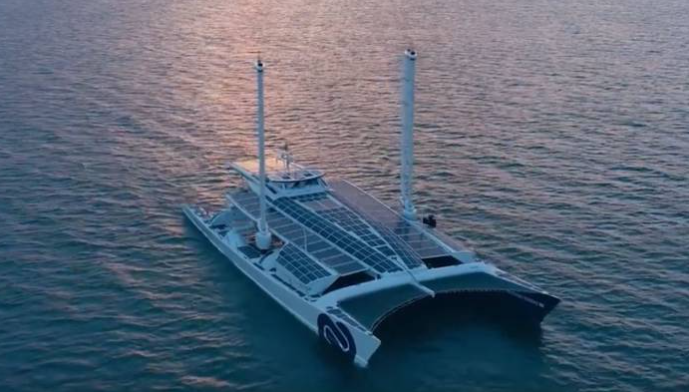The incredible adventures of Archimedes: Dive into the world of buoyancy!

Hello, fellow young explorers! Get ready to embark on an epic adventure as we unravel the fascinating world of buoyancy through the lens of Archimedes’ principle. Get ready to dive in, take a splash, and discover the hidden secrets that lie below the surface. So grab your glasses and let’s set sail!
Who was Archimedes? Picture this: Ancient Greece, where togas were all the rage and philosophers roamed the streets. In this vibrant age, one genius stood out among the rest: Archimedes. He was a mathematician, inventor and all-around great guy. Archimedes had an insatiable curiosity and his mind was always full of brilliant ideas. Legend has it that Archimedes had an amazing “Eureka” moment while taking a bath, realized that the water level rose when he stepped inside and had a brilliant idea. He realized that the force pushing him out of the water must be equal to the weight of the water he displaced. Thus the Archimedean principle was born!

What is buoyancy anyway? Imagine that you are in the pool, floating effortlessly on the surface of the water. That’s buoyancy in action! Buoyancy is the force that makes objects float or sink in a liquid; Archimedes’ principle explains why some things float while others sink. To understand buoyancy, we must understand the concept of buoyant force, when an object is submerged in a fluid (such as water), the fluid exerts an upward force on the object. This force is called the buoyant force, it’s like a magical push up that counteracts gravity, making objects feel lighter.
Here’s a mind-blowing concept: When an object is submerged in a fluid, it experiences two forces: its weight pulling it down, and the buoyancy force pushing it up. If the weight of the object is less than the buoyant force, voila, it floats! But if the weight is greater, it descends, sinking like a stone. Density is a key player in the buoyancy game, it is the measure of how much mass an object has in a given volume. Objects with a lower density than the fluid they are in float, while those with a higher density sink. Think of it like a dance: if you have lighter feet (lower density), you’ll float like a graceful dancer!


Have you ever marveled at hot air balloons floating in the sky? The science behind them is buoyancy in action. The warm air inside the balloon is less dense than the cooler air outside, causing it to rise and lift the balloon off the ground. Archimedes’ principle is not just a cool concept; It’s all around us! Whether you’re soaking in a bathtub, swimming in a pool, or even wearing a snorkel, you’re experiencing the wonders of buoyancy. Understanding this principle helps engineers design ships, submarines, and even life jackets to keep us safe and afloat.





Responses